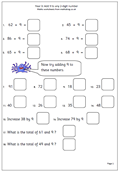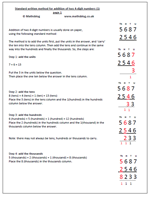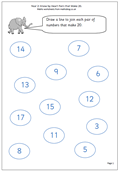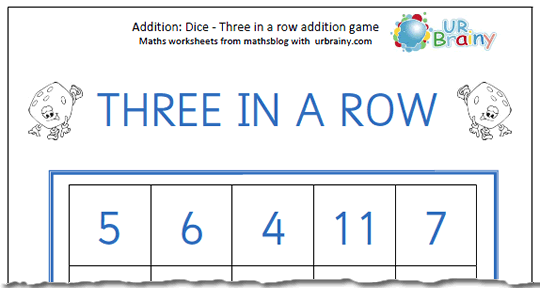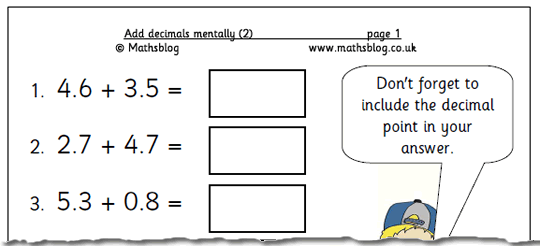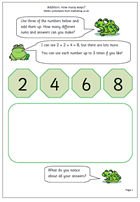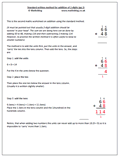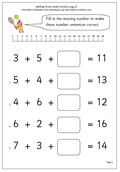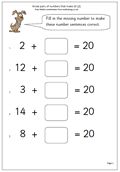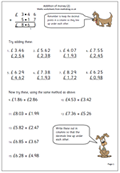Being successful with mental arithmetic is all about having a ‘feel for numbers’ and being able to manipulate them to suit the way you like to calculate. Knowing a few basic ‘tricks’ helps enormously with this and gives children confidence.
Adding 9 might sound a little dull, but knowing that you can do it in your head by adding ten and subtracting one can make all sorts of other mental additions easy, as we will see later adding 19, 29, 39 etc all follow the same path as do adding 18, 28, 38 etc; these tasks which at first glance might seem tricky end up being easy.
This is suited to year 2/3 children who are confident with adding single digits and can count up to 100.
